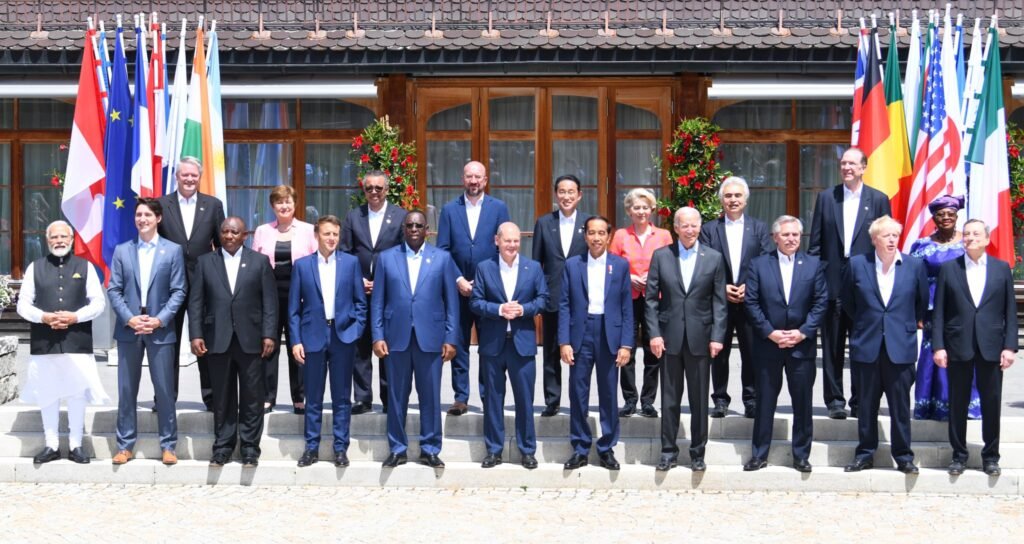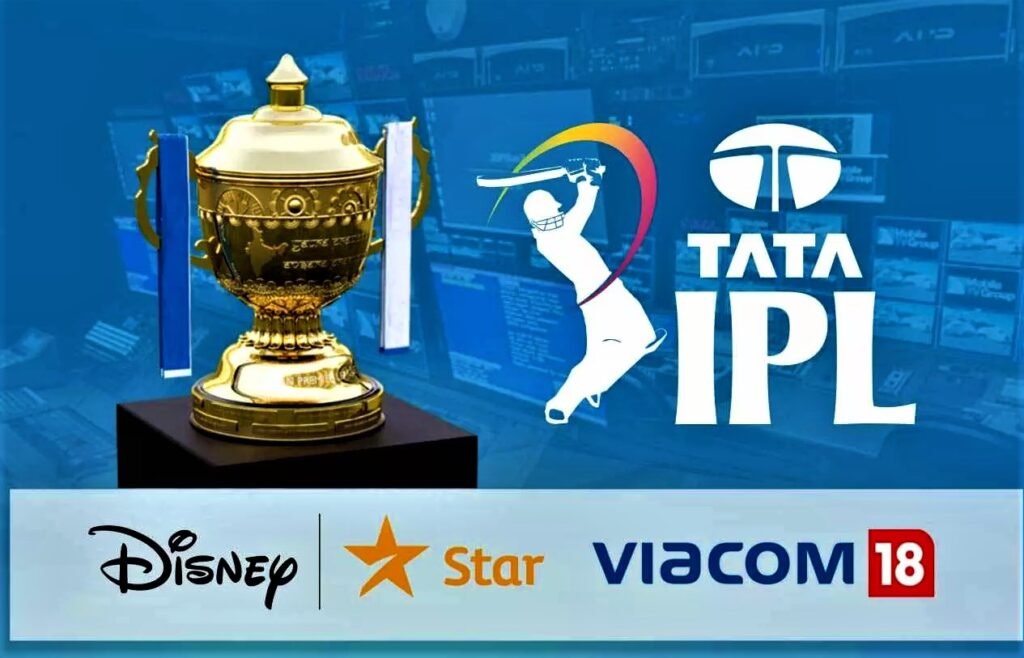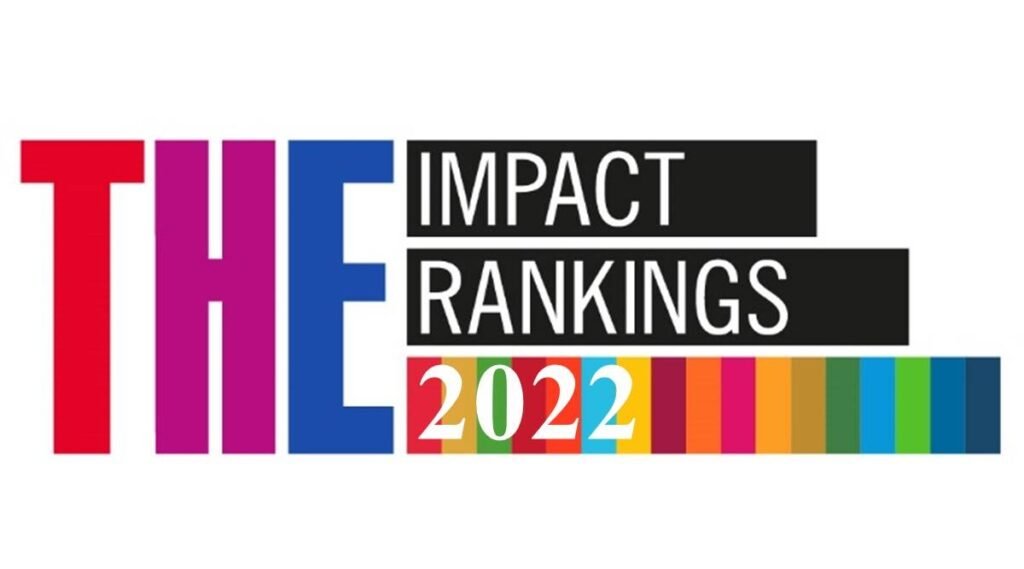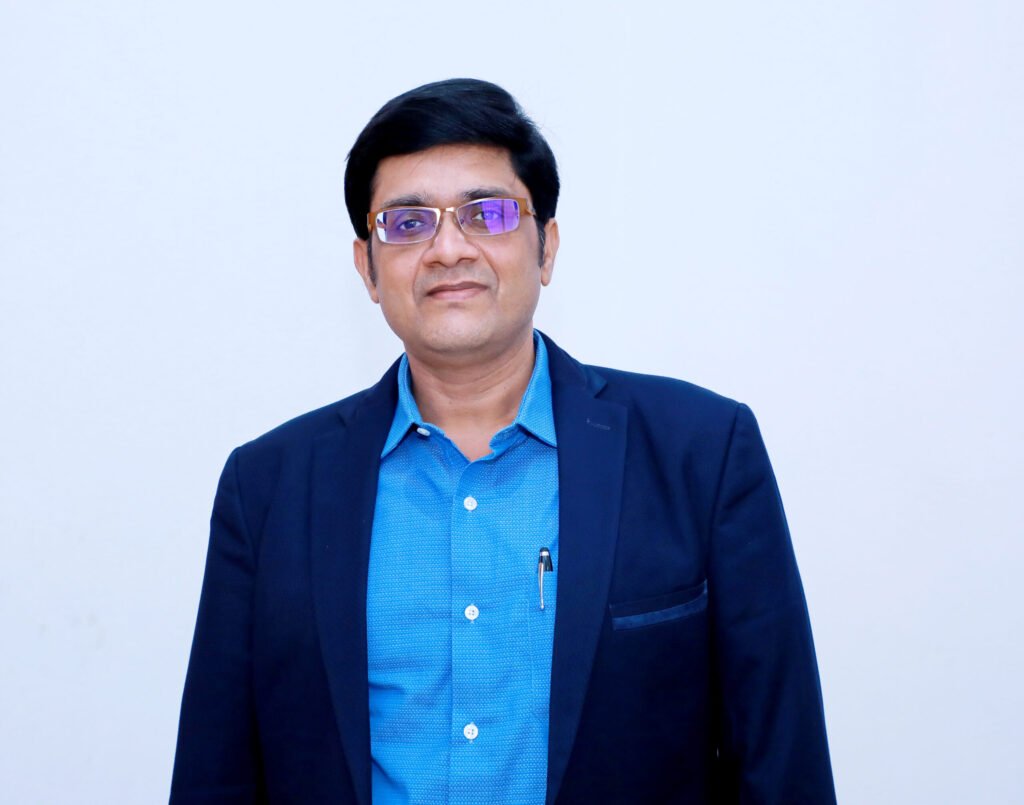Govt. is currently seeking to merge accreditation and ranking bodies after proposing the merger of JEE Main, NEET with CUET
The union government is now keen on combining the accreditation (NAAC) and ranking (NBA) bodies after making a strong argument for the merger of national level engineering and medical entrances with the Common University Entrance Test (CUET-UG). The National Board of Accreditation, or NBA, is entrusted with accrediting only institutions of technical education, whereas the National Assessment and Accreditation Council, or NAAC, is the only government agency authorised to accredit universities and colleges. NBA is also responsible for publishing the NIRF, an annual ranking of higher education institutions. A committee headed by Bhushan Patwardhan, chairman of the executive committee of the National Assessment and Accreditation Council (NAAC), has been established by the Ministry of Education (MoE) to begin the process of developing a single accreditation and ranking system, one of the recommendations of the National Education Policy 2020 (NEP). The move is significant since it follows the recent announcement by UGC chairman Jagadesh Kumar regarding merging the NEET, JEE Main with CUET-UG exams. The government is also planning to combine AICTE and UGC into the Higher Education Commission of India, or HECI, a single, all-encompassing higher education regulator. The National Accreditation Council (NAC) is a meta-accrediting body that should be established, according to the NEP 2020. Presently higher education institutions are accredited and ranked by a variety of organisations and systems that function independently of one another. Technical programmes are accredited by the National Board of Accreditation (NBA), whilst non-technical or general programmes are accredited by the NAAC. According to a source, the National Institute of Ranking Framework (NIRF) ranks all higher education institutions in India. The source also stated that the NEP envisions the formation of the National Advisory Council (NAC), a body that will ensure the coordinated operation of these bodies and align them with NEP goals. The committee is led by Patwardhan, a former vice-chairman of the University Grants Commission (UGC), and includes Dr. Surender Prasad, the former director of IIT Delhi, Indranil Manna, the vice chancellor of the Birla Institute of Technology in Ranchi, K. N. Ganesh, professor, Indian Institute of Science Education and Research, Tirupati, B. J. Rao the vice chancellor of the Central University of Hyderabad, and Dr. Manju Singh (joint secretary, UGC). Singh will serve as the committee’s coordinator. The six-member committee will study the NIRF ranking system, NBA’s process for accreditation, and NAAC’s methodology for accreditation. Along with developing a framework to align the three to create the proposed NAC, it will suggest a suitable mechanism to enable communication between the bodies. According to the NEP, “accreditation of institutions will be based primarily on basic norms, public self-disclosure, good governance, and outcomes, and it will be carried out by an independent ecosystem of accrediting institutions supervised and overseen by NAC.”










